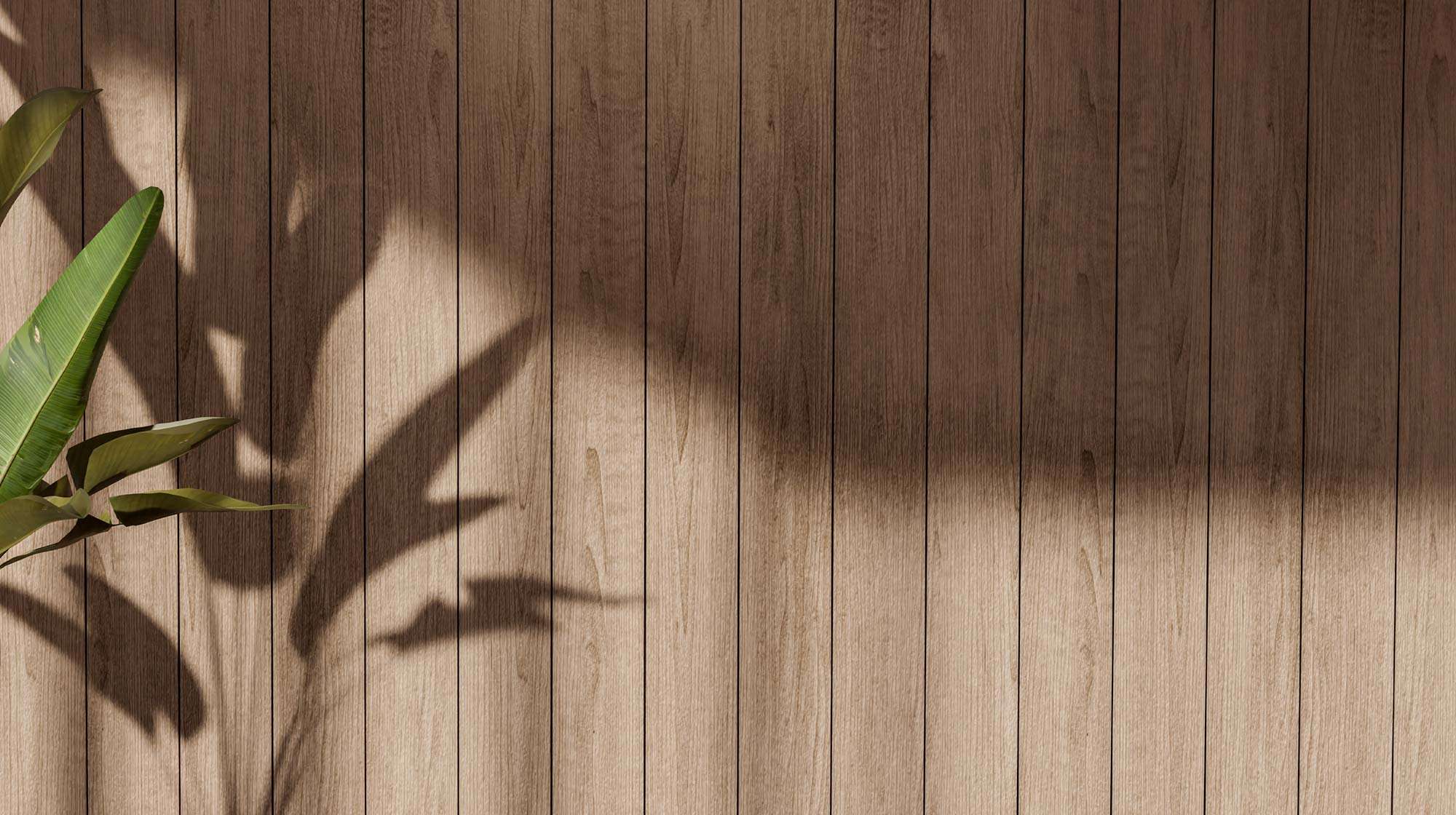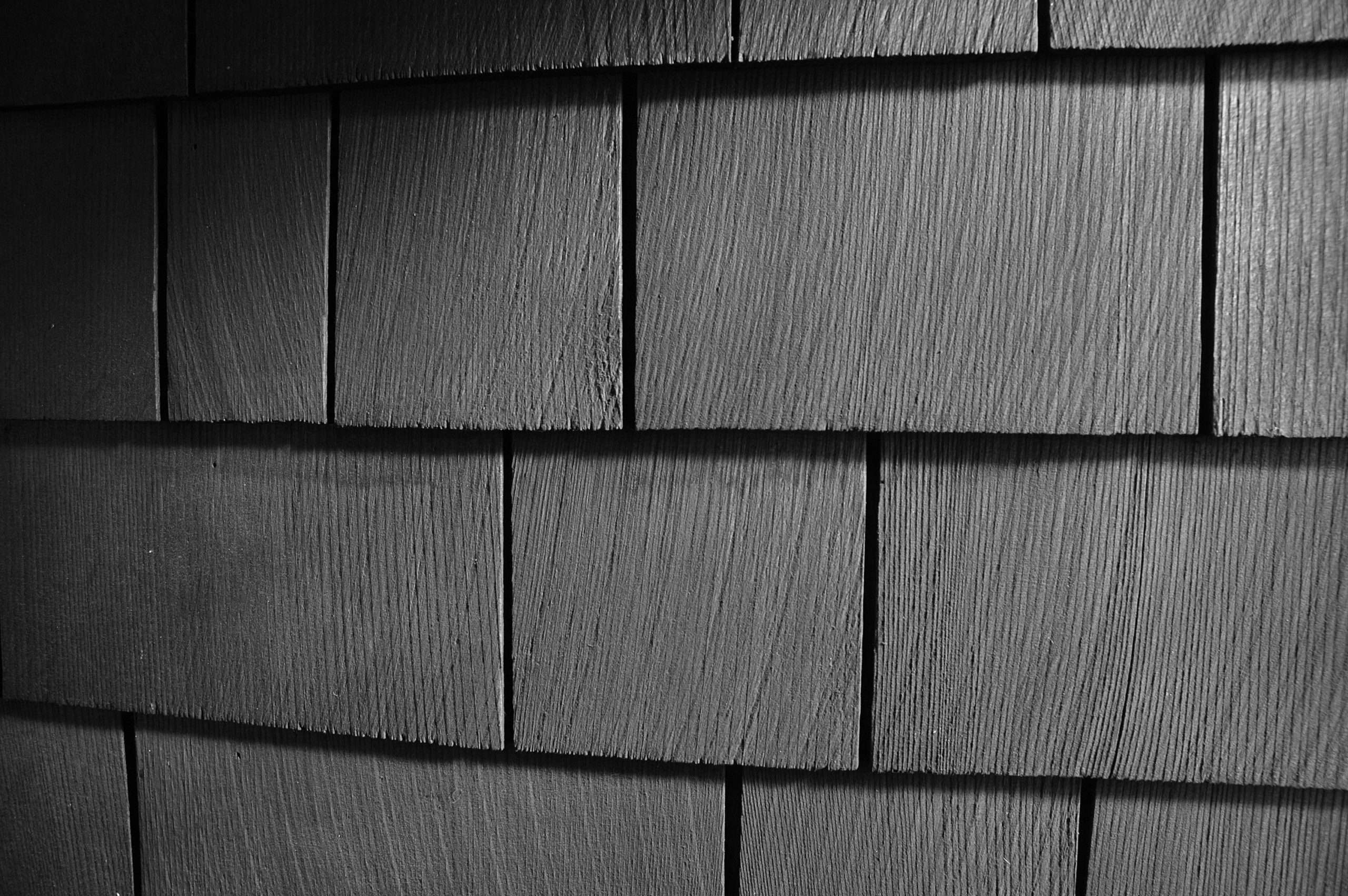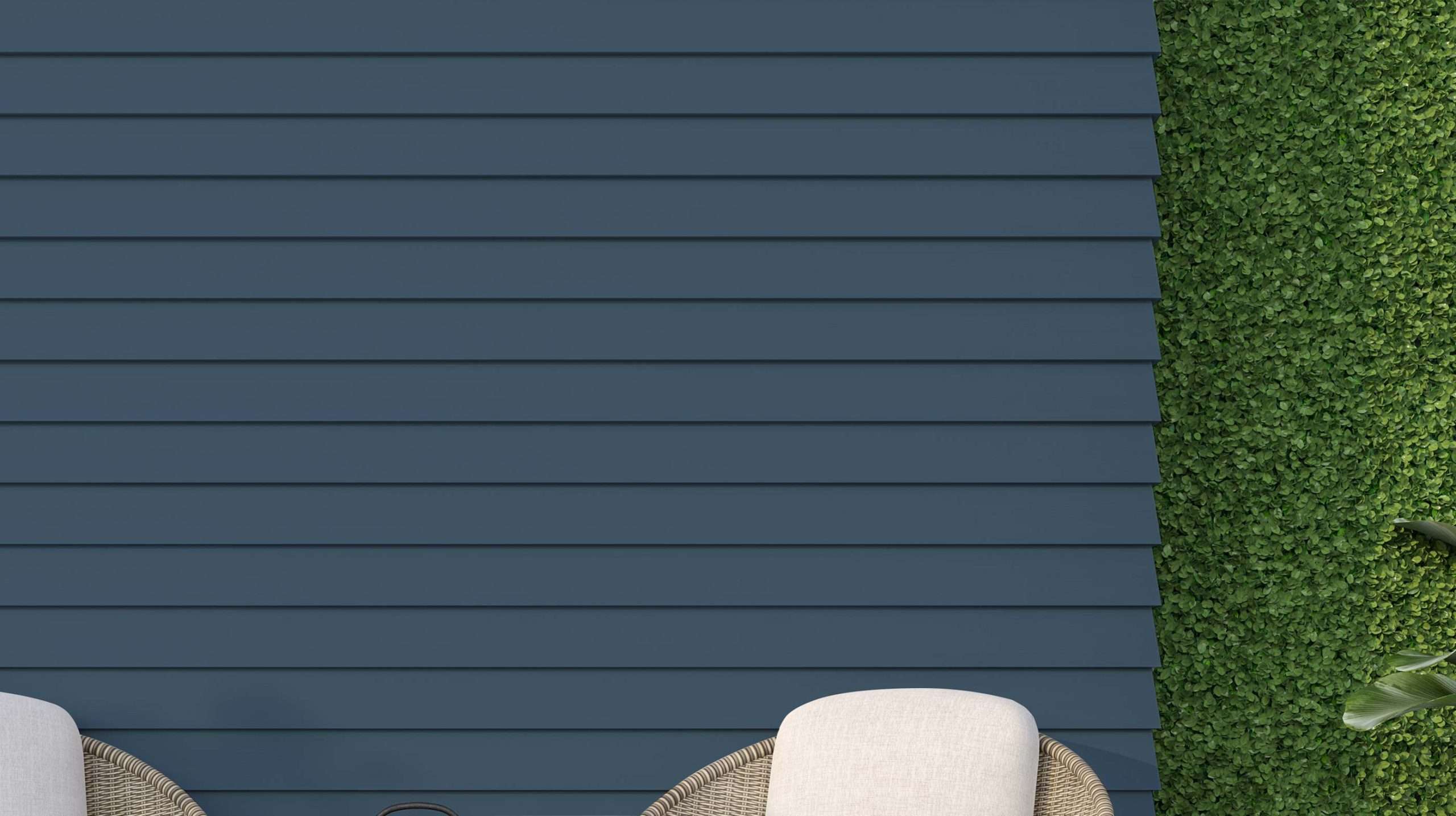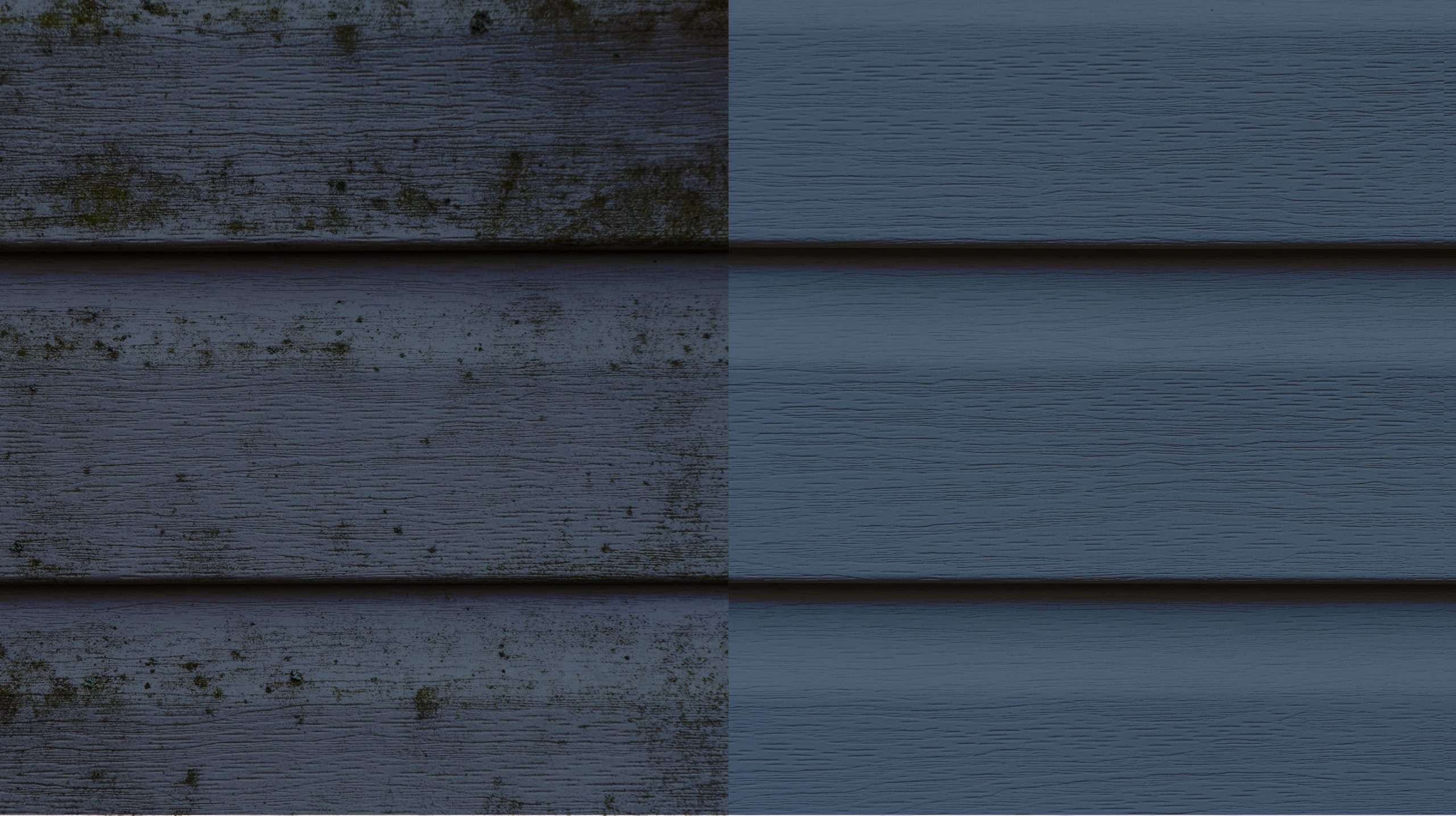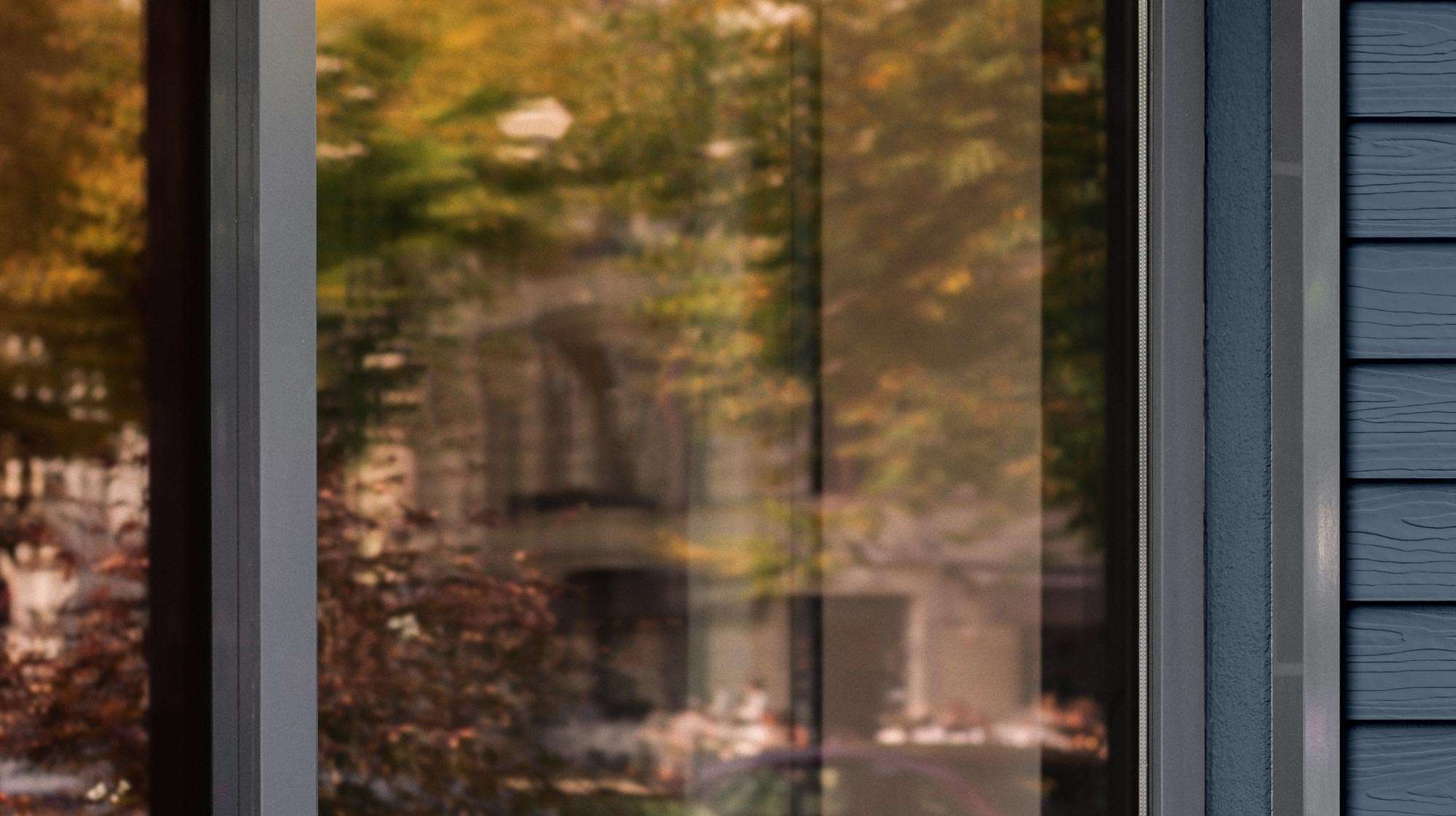Would you rather swallow a tiny piece of lead every day for the rest of your life, or be shot at a random time? By allowing black mold into your home, both you and your home’s health will slowly deteriorate over time. By letting dry rot eat away at your home, you are inviting an eventual disaster to unfold. Knowing the difference between the two - and how to address them - is crucial for any homeowner to know.
Black mold is often considered the kiss of death for a home’s selling price, because this toxic fungus’ presence indicates not only water damage, but danger to the homeowners. Usually found in attics or basements, this black mold resembles something you would find on weeks old leftovers on steroids.
There are many types of mold that are black, but the most common (and dangerous) is Stachybotrys chartarum, which can cause “nonspecific health symptoms.” The CDC recommends immediate removal of the mold because of the risk to not only your home’s health, but your own well being. While the full effects of the mold are unknown, it is crucial to remove the mold as soon as possible.
Part of why black mold is so worrying is how it spreads. Unlike dry rot, which penetrates deeper into wherever the spores first colonized, black mold spreads across moist surfaces like wood, paint, or paper. Once the black mold has colonized enough of an area, it is much more difficult to fully remove.
Black mold should always be removed by a professional, and even then it is a difficult task. Proper ventilation is needed to ensure the spores don’t accidentally colonize your lungs, so professional services are a must. Additionally, it is incredibly difficult to completely eliminate the mold without proper tools to identify the extent of the infestation.
If your home has black mold, it is crucial that you remove it as soon as possible. Even though it can affect your health in very serious ways, once it has been completely removed, your home is likely to be safe again.
Dry rot is actually a fungus named Serpula Lacrymans and, just like black mold, it enters your home when it is excessively moist. This villainous fungus will colonize anywhere with enough moisture to host it, and it destroys these areas in the process. It eats the wood supporting your home so it can survive, which seriously compromises your home’s structural integrity.
While dry rot isn’t a danger to your physical well being, it can cause you serious harm if left untreated. If your home is unhealthy and rotten on the inside, it is only a matter of time before something collapses, and the health risks from a collapsing home far outweigh the health risks from inhaling mold.
Dry rot should also be removed by a trained home health professional. If the affected areas are improperly identified then either too much wood will be removed, or too little. If too much of your home’s wood is replaced, then structural integrity can be compromised, not to mention the homeowner incurring excessive cost. If too little wood is removed, then the surviving rot will continue to eat away at your home.
Dry rot and black mold can be the harbingers of doom for your home, and the battle against these enemies requires a professional consultation. At R+Co., we specialize in advanced technological assessment to identify your home's precise pains, and apply cutting edge practices to save your home from disaster. Whatever fungus you are dealing with, getting a professional consultation is the only safe thing to do.




